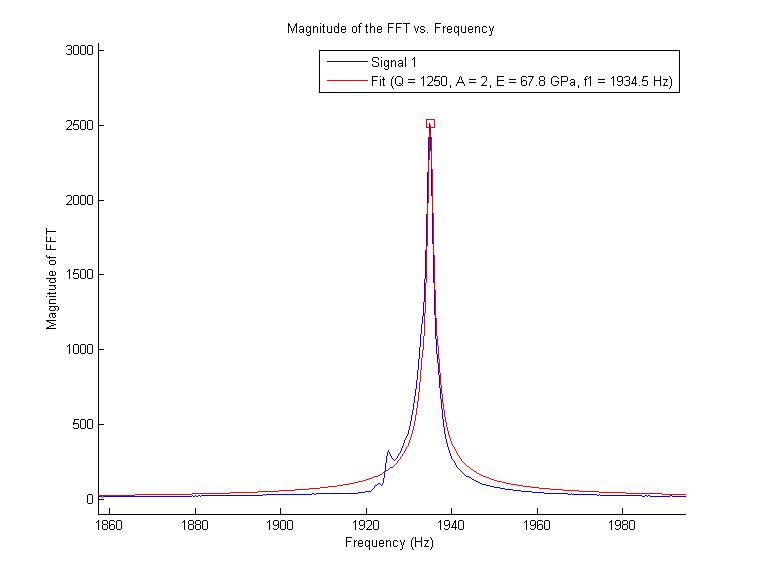
Imagine you have a wine glass. If you were to tap the wine glass just below the rim, you would hear a sound coming from it. If you tapped it again, you would hear the same pitch (although depending on whether you used your nail to strike the glass, you may hear other pitches as well). That is, the pitch you hear is not going to be very high after one tap and change to something low the next and so on: it is not like a random distribution of pitches. This sound is caused by the vibrations started from tapping the glass. These vibrations are the natural frequency of the glass.
All objects have natural freququencies and vibrate more easily at these specific frequencies. Wood, aluminum, even the room you may currently be in has a natural frequency (if treated as a box). When an object vibrates at its natural frequency, this is is called resonance.
Imagine the pitch you hear from the wine glass is 500 Hz (a slightly sharp B4, if you're a musician). Now imagine if we had another identical wine glass. If placed one right next to the other and tapped it, the second one will vibrate on its own. This is because of resonance. However, in this case, this may be barely observable/audible, but there are many situations where it can be easily studied. If we had a large tuning fork that vibrated at 500 Hz, struck it, and brought it near both the glasses, we would see that both glasses would vibrate because of the fork. Note that every sound (that isn't necessarily the natural frequency) may cause the objects to vibrate a bit but at the natural frequency (resonance) is when these vibrations are the most.
Perhaps you've heard stories of singers that can shatter wine glasses and eyeglasses with their tremendous voice: this is no myth or legend but absolutely possible! Check out this video about everyone's favourite MythBusters.
The wine glass breaks because of resonance. With other pitches, the glass may vibrate a little, but at resonance (in this case 500 Hz) the glass vibrates a great deal because it is hit with so much acoustical energy at this 'sweet spot' and it completely breaks!
